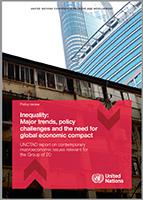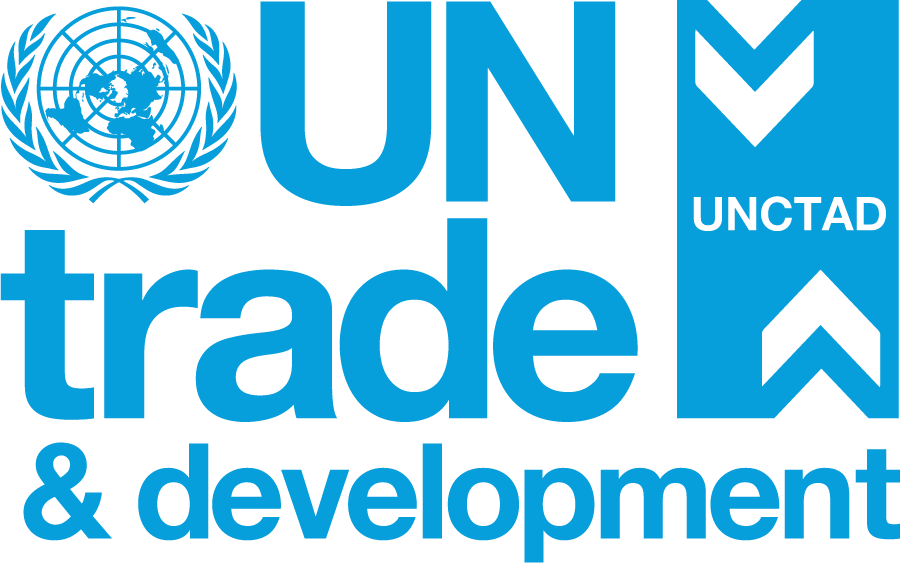
This G20-commissioned report was prepared UNCTAD to support the work relating to the first priority of the Framework Working Group (FWG) of the Group of 20 (G20) under the Brazilian Presidency in 2024, namely, 'Putting inequality at the forefront: Responding to macroeconomic and distributional implications of emerging global trends and domestic developments pertinent to international contexts'.
FWG discusses contemporary relevant macroeconomic issues and addresses short-term and structural economic issues, and monitors risks and uncertainties that affect scenarios and projections.
In this context, this report focuses on ways to leverage wage-led growth at the national level, while also reversing key asymmetries internationally, with the aim to address some of the essential mechanisms propagating inequality at the global and domestic levels.
Unequal systems are brittle systems. The fragility of post-COVID-19 recovery globally is primarily associated with subdued economic growth and divergence between countries. Continuing economic, climate and geopolitical shocks further test systems’ resilience. Underlying the current risks of fracture, however, lies the structural dimension of inequality. Against the declining trend in overall income inequality between countries – driven mostly by robust economic growth in a handful of large developing countries, particularly China – income and wealth inequality within countries as well as global functional income inequality have been on the rise.
The COVID-19 pandemic and subsequent crises have further widened income and wealth gaps, especially in developing countries (World Bank, 2022). Unfortunately, policies to combat these have retrenched.
Reviewing 161 economies, Walker et al. (2022) finds that 70 per cent of Governments cut their spending on education in 2020–2022, while about two thirds failed to increase the minimum wage on par with the expansion of their gross domestic product (GDP).
In parallel, developing economies have had to face the additional burden of growing debt service and a diminishing global financial safety net. Also, since 2021, the collective wealth of five billion people around the world has fallen, while the wages of nearly 800 million workers worldwide have failed to keep up with inflation.
According to the World Bank Group President, in the next decade, 1.1 billion young people will become working age adults across the Global South; but they will only have 325 million jobs created during this period in these countries.
The predicted failure of market coordination to ensure full employment will cause millions to be excluded from other markets, including credit and, more worryingly, essential goods and services. Moreover, in the current cycle of global turbulence and multiple shocks, inequality carries economic security risks nationally and undermines trust in the multilateral order.
Against this backdrop, this report focuses on ways to leverage wage-led growth at the national level, while also reversing key asymmetries internationally, with the aim to address some of the essential mechanisms propagating inequality at the global and domestic levels.
To these ends, section B examines the macroeconomics of inequality from a structural perspective, focusing on the role of the labour income share and sectoral composition, including during the cycle of monetary tightening.
Turning to the international dimension, section C.1 tackles the issue of the uneven distribution of global economic activities in general and trade gains by large multinational enterprises, in particular. In the context of the developing countries, it also examines some of the effects and policy lessons of the financialization of commodity sectors (section C.2). Section D concludes by charting steps towards a new international policy compact.


